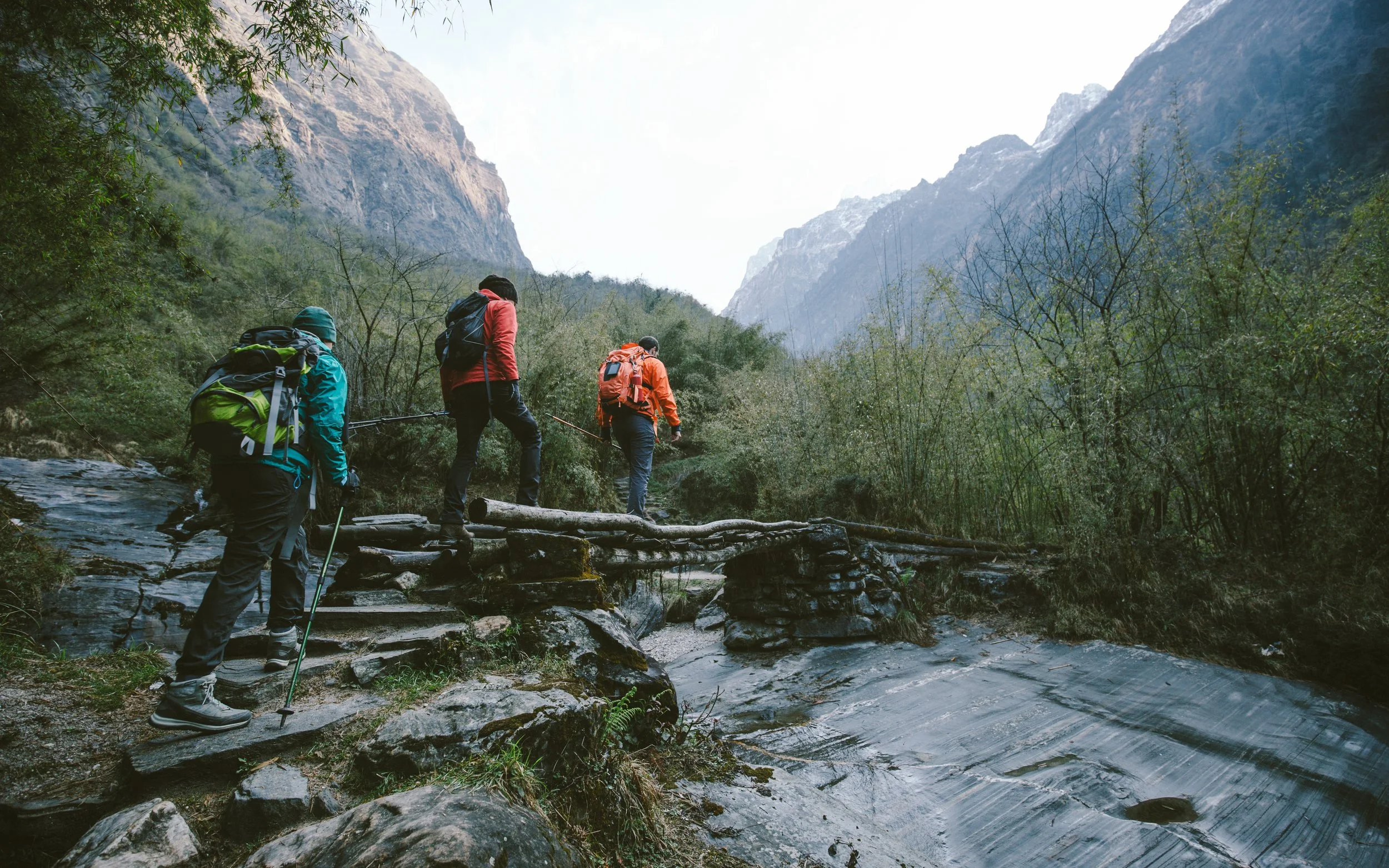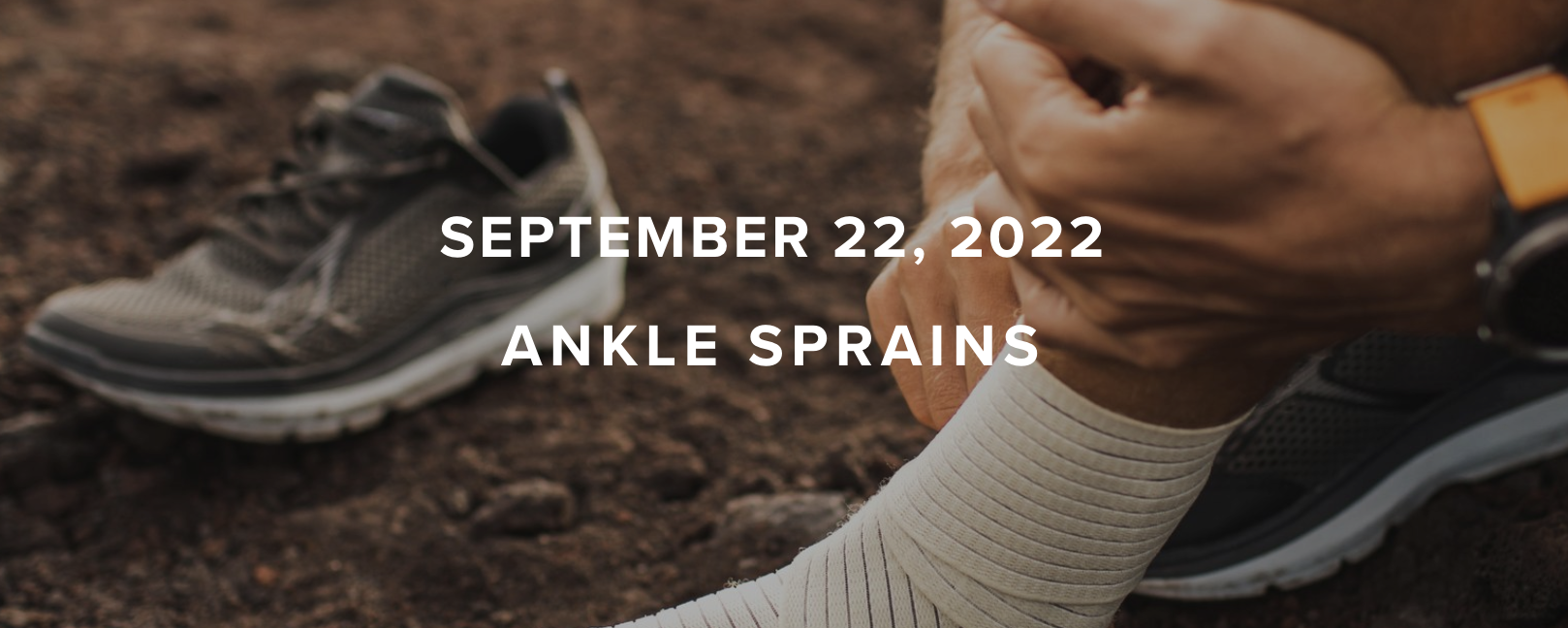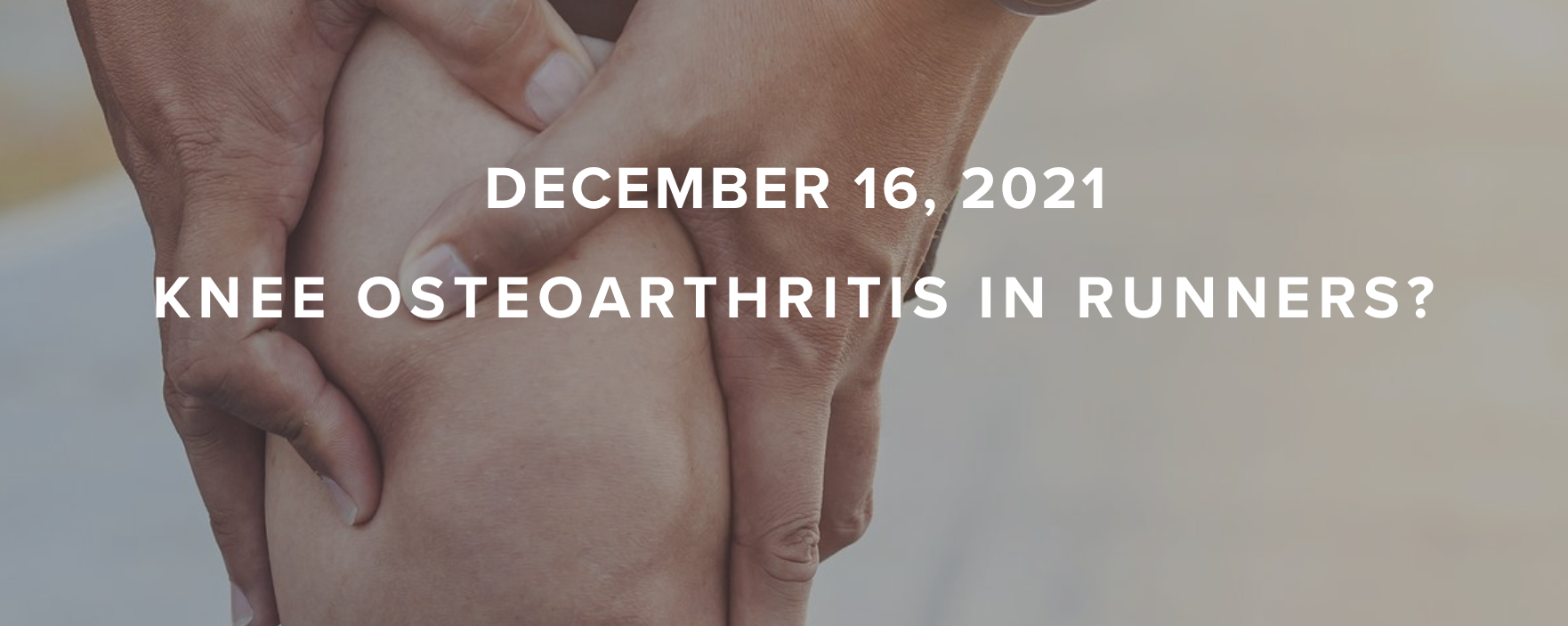““Being prepared for hiking means you’ll experience more highs than lows””
Hiking
Ah, hiking. Whether you’re trekking up a rocky mountain path or exploring forest trails, nothing beats the challenge of a good climb. To keep your body in tip-top shape and prevent injury, preparation is key.
Our very own Katie Hutchins, PT is one of REI’s spokespeople.
You’ll especially want to protect your knees and other joints from the bumps and jolts that are a part of any hike. Otherwise, you may find your summer adventures sidelined by injuries or pain in your knees, back, hips, or ankles. This is where an investment in the right hiking gear can make all the difference.
Trekking Poles
To ease knee symptoms and keep your joints healthy, start with a good pair of fixed or collapsible trekking poles. They will:
Reduce the load to the knee by offsetting force through the upper body and core.
Improve balance and stability particularly when going downhill.
Improve forward lean when going uphill by involving the back extensors, glutes, and upper body.
For maximum benefit, be sure to hold the hiking poles as close to a 90-degree angle to your elbow as possible—you may have to adjust as the terrain changes. Typically, you’ll want to shorten the poles for uphill treks and lengthen them when going downhill. Hold the handles as though they were ski poles, and keep a light grip.
Backpacks
There are almost as many backpacks as there are hikes. Selecting the right one for you depends on several factors:
Capacity: The size of the backpack you'll need depends on the length of your trip and how much weight and bulk you want to carry. Typically, 15 to 20 pounds is plenty for a day hike.
Volume: Again, this is tied to how long you’ll be hiking. For a weekend trip—one to three nights—consider a 30- to 50-liter backpack. For longer treks—three to five nights—a 50- to 80- liter pack is ideal. Extended trips lasting five nights or longer require a pack of 70 liters or larger.
Frame types: Body-hugging internal frames are designed to keep a hiker stable on uneven, off-trail terrain. They may incorporate a variety of load-support technologies that transfer the load to the hips—excellent for your back and shoulders. An external-frame backpack works if you’re carrying a heavy, irregular load such as an inflatable kayak. They also offer good ventilation and options for organizing your gear.
Fit: Remember that torso length, not your height, is most important for an appropriate fit. matters most.
Features: These refinements affect how the pack works for you, such as chest strap, metal stays, and waist belt.
Boots, Orthotics, & Inserts
Our team of avid hikers find that footwear is a very important consideration. This is true whether is is a more vigorous day hike or a more subtle long 2-3 day pack trip. A durable and torsional resilient sole can really make the difference specifically when you are dealing with glacial till and larger step downs of 8-24”.
Many times adding and orthotic to your hiking boot can help performance and also reduce chances of fatigue and/or injury. Ben has been fitting boots since 2005 and has been a lifelong hiker, trail runner, snowboarder and instructor.
Hydration Equipment
Wherever you go and whatever you do, don’t forget water. How much you need depends on your type of activity, intensity level, duration, weather, your age, your sweat rate, and your body type. A good general recommendation is about a one-half liter of water per hour of moderate activity in moderate temperatures.
Your activity will also determine where you stow your water— the key is to keep it handy! For hiking, backpacking, and mountain biking, a hydration reservoir is an excellent option. If you prefer to use a bottle, stash it somewhere accessible, like a mesh pocket that’s on the side of many backpacks.
Treatment from a reputable physical therapist can ease pain, improve mechanics, and help you heal. Your PT can also provide strengthening exercises that prevent injury down the road—or hiking trail! Take a look at the great work that Mandie and our colleagues at the Alpine Training Project are working on.


























